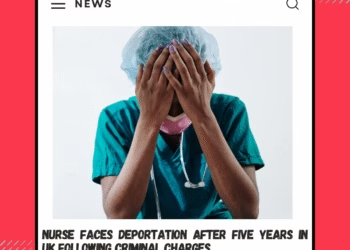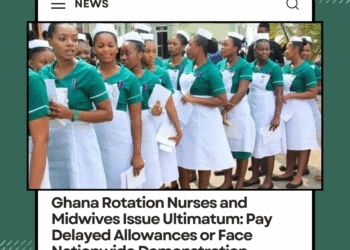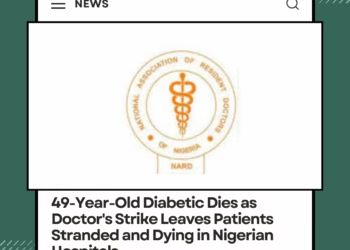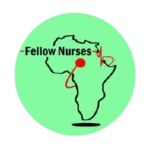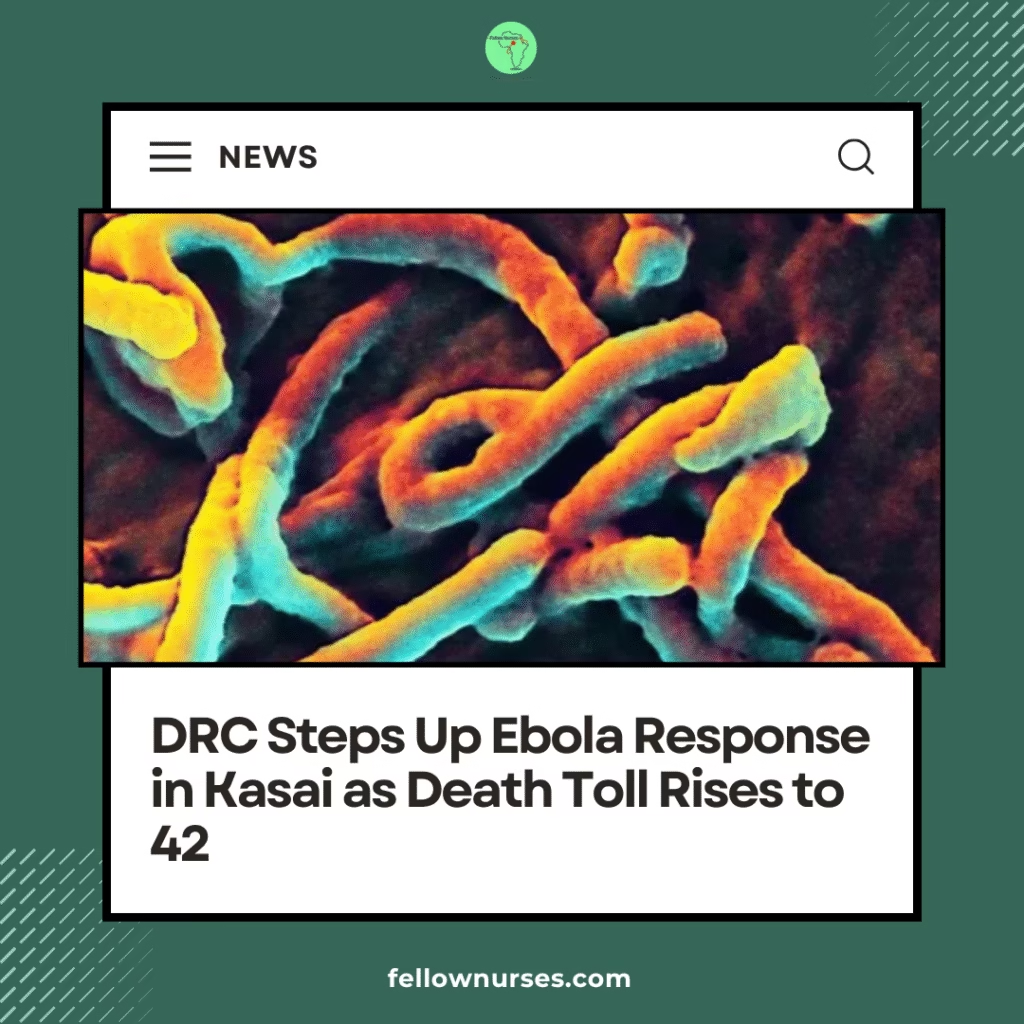
The Democratic Republic of the Congo (DRC) is intensifying efforts to contain a new outbreak of Ebola Virus Disease (EVD) in Kasai Province, where at least 64 infections and 42 deaths have been reported. The outbreak, declared on September 4, 2025, by the Ministry of Health, marks the country’s sixteenth Ebola epidemic since 1976 and has prompted global concern due to its rapid spread and high fatality rate.
The International Federation of Red Cross and Red Crescent Societies (IFRC) has classified the outbreak as a Red Emergency, launching an $18 million emergency appeal to support containment measures. The epicentre lies in the Bulape and Mweka health zones—rural areas with poor road networks and limited access to healthcare.
Epidemiological Situation
Laboratory confirmation of the Orthoebolavirus zairense strain in Bulape triggered the outbreak declaration. According to the Ministry of Health, five healthcare workers are among those infected, highlighting persistent gaps in infection prevention and control.
The first known case—a 34-year-old pregnant woman—presented symptoms in late August and died within days. Her case underscores ongoing challenges with early diagnosis and isolation in resource-limited regions.
Challenges on the Ground
Containing the outbreak in Kasai has been complicated by poor infrastructure, food insecurity, and concurrent epidemics such as cholera and measles. Travel between the two worst-hit areas, Bulape and Mweka, can take up to 12 hours despite being only 27 kilometers apart due to severely degraded roads.
Seasonal flooding and insecurity have further delayed the delivery of essential medical supplies, personal protective equipment (PPE), and laboratory materials. The World Health Organization (WHO) has graded the outbreak a Level 3 Emergency, its highest classification, activating global response mechanisms.
Response Efforts
A multi-agency response led by the DRC Ministry of Health, WHO, UNICEF, Médecins Sans Frontières (MSF), and the IFRC is underway.
Key interventions include:
- Surveillance and Contact Tracing: Expanded monitoring and retrospective case finding across Bulape and neighboring areas.
- Vaccination Campaign: Over 2,000 doses of the Ervebo vaccine have been deployed, with 43,000 more expected to cover healthcare workers and contacts.
- Safe Burial Practices: Safe and Dignified Burial (SDB) teams have increased from two to ten to reduce community transmission.
- Water, Sanitation, and Hygiene (WASH): Decontamination of affected homes, installation of handwashing stations, and provision of clean water.
- Community Engagement: Local committees are addressing misinformation, a critical factor in curbing resistance to public health interventions.
A Broader Health Security Concern
Health experts warn that the outbreak, though currently localized, poses a regional health security threat due to Kasai’s proximity to Angola and interprovincial travel routes leading to Kinshasa.
Rapid containment is essential not only to save lives but to protect essential health services, sustain economic stability, and prevent further humanitarian strain.
Looking Ahead
Officials say the current Ebola outbreak highlights the urgent need to strengthen local health systems, invest in laboratory capacity, and train frontline workers in infection control.
The IFRC’s emergency appeal targets nearly one million people, including healthcare workers and vulnerable border communities, as part of a broader strategy to improve resilience against future outbreaks.
As Goma, Kinshasa, and regional partners closely monitor developments, the DRC’s Ebola response is once again testing global readiness to tackle high-risk infectious diseases in fragile settings.
Fellow Nurses Africa is the independent voice of African nursing, we educate, inform and support nurses across Africa.

